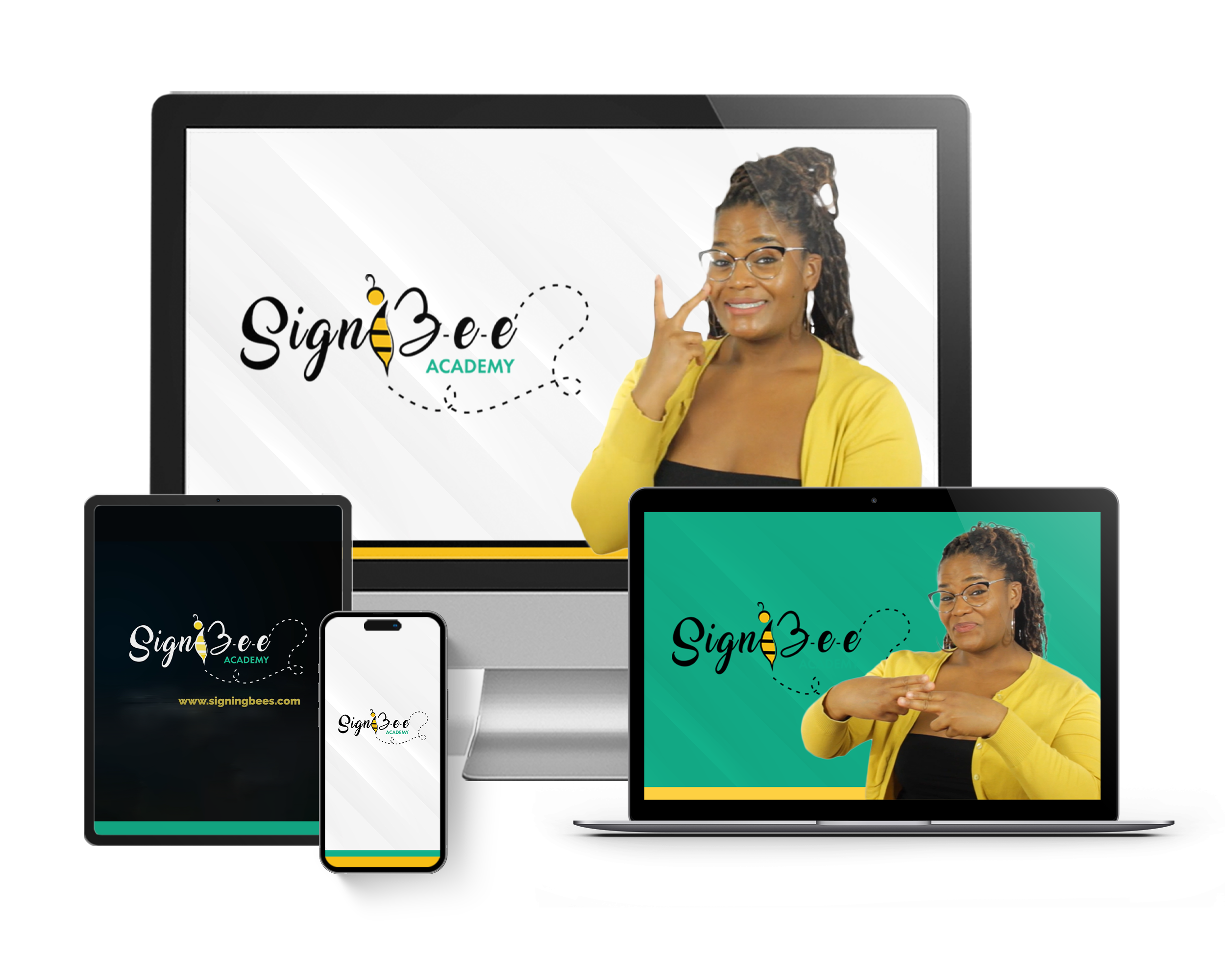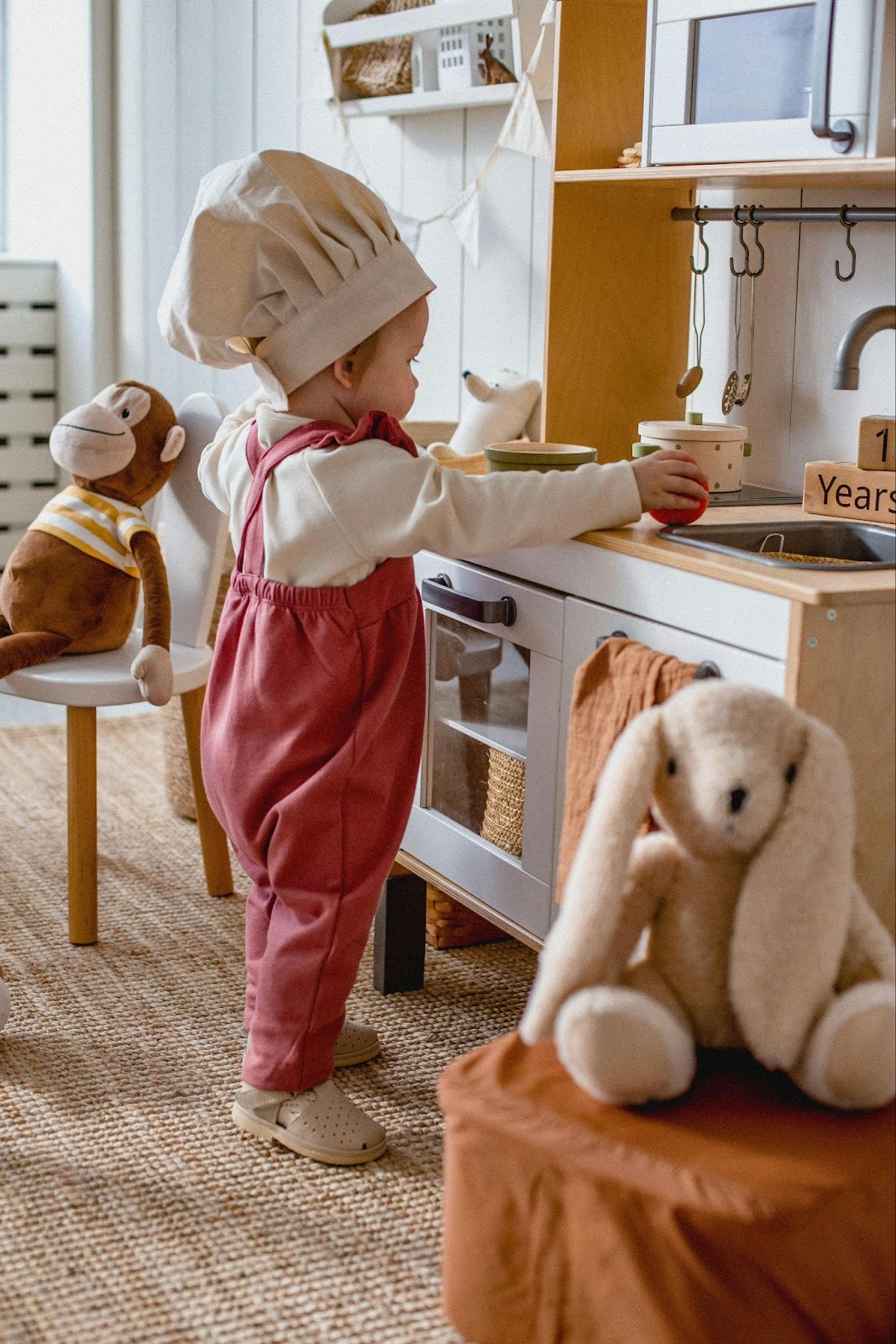One of the distinguishing characteristics of baby sign language is that during the formative years of your child, baby sign language when taught by a parent to a toddler helps to strengthen the parent-child bond. Understanding how this works is basically the focus of this article.
What is the Meaning of the ‘Parent-Child’ Bond
Parent-child bond describes the peculiar emotional, physical, and psychological connection that exists between parents and their children. What’s amazing about the parent-child bond is that there are parents who have more than one kid but who at the same time can uniquely, in separate ways establish a parent-child bond with each child.
Why the ‘Parent-Child’ Bond is Essential
- It is the foundation on which every aspect of parents’ relationship with their kids is built.
- Children with good parent-child bonds are more confident (especially socially) and this confidence stems from their trust that their parents understand them, even when outsiders do not.
- Flowing from the point above, these confident kids with secure bonds with their parents also do well at developing good relationships with other people.
- There are also the emotional and mental benefits that come with a wholesome parent-child bond.
The Perfect Time to Begin Parent-Child Bonding
Image by University of Baltimore Archives on Openverse
While some believe that the first few minutes of a baby’s life outside the womb (termed ‘the golden hour’) marks the beginning of the parent-child bond, what happens while they are in the womb? That means that bonding starts before birth.
The womb is the first home for a baby, therefore, a parent-child bond can be said to have started way before a child is born. That’s why people take seriously talking to a swollen belly, singing to the baby in the womb, reading stories, etc. Even when a woman robs her pregnant belly, it is believed the baby understands her touch.
Five Ways Baby Sign Language Strengthens Parent-Child Bond
- It is highly recommended that baby sign language be incorporated into daily routines. One reason for this is that the consistency in daily routines will help the child grasp baby sign language faster and in the process put the child at the center of what makes up the daily activities of the adult life in question (that is the parent or caregiver responsible for teaching them baby sign language).
- A lot of play can go into the learning process of baby sign language and not just that it helps the learning process. Playing is beyond a learning technique for kids. It is also a useful connecting tool. Therefore, it won’t be wrong to say that when play is successfully incorporated into the teaching of baby sign language, it can foster the parent-child bond as well.
- That you get to spend time with your child, teaching them baby sign language is enough bonus to the parent-child bond. This is simply because as the time spent together with your child increases, your chances of solidifying the bond you have with them.
Steal as much time as you can with your baby.
- Your child will not become a pro at baby sign language the first time you begin teaching them. What does this imply? It means that you would have a lot of positive reinforcement stacked up to give them so that they won’t give up on the learning process.
This learning curve in baby sign language like in every other learning venture helps the state of mind of a child and generally improves their responsiveness to their tutors which in this case are their parents.
Four Important Elements of Parent-Child Bond
First Element: Unconditional Love
This is mostly the responsibility of the parents, to love the child completely to the point that it won’t matter if the child grows to love them back and even if they would be hurt should their love not be reciprocated.
Second Element: Safety
As part of their unconditional love, safety is also a significant element in the parent-child bond because every day, the parents desire and try to ensure that their kids are safe (physically, emotionally, socially, and mentally). It is because of this particular element some parents find it hard to stop blaming themselves should any harm come to their kids.
Third Element: Mutual Respect
While most of the work to build a perfect parent-child bond rests on the parents, as the kids grow they owe it to their parents to respect them, first as parents and then as friends (advisors, companions, helpers, etc.).
This particular element is the major element that pushes the bond forward (as both parties experience different life cycles).
Fourth Element: Flexibility
Your child is growing and so are you. Give room for that growth by welcoming the changes in you as well as in them. Get ready to be open to whatever level of adjustments it takes for you to make room for their growth.
There will come a time when they won’t have to take your words hook, line, and sinker, allow it.
Actions that Stagnate the Progress of Any Parent-Child Bond
- The foremost thing that puts a bump on the progress of any parent-child bond is ABUSE. A child who is physically, mentally, or psychologically abused can neither learn from the parents when the parents are their abusers. The same is true if these parents also voluntarily consent to the abuse.
- When parents are unable to make the needed time to spend with their children, it puts a strain on the bonding process. Parents should be available even when and if the child does not acknowledge their presence (physically or emotionally).
You shouldn’t worry about spending too much time with your child. Too much isn’t the problem, the problem is usually the time not being enough.
Conclusion
As has been discussed in this article, time, play, positive reinforcement, and daily routines are essentials in baby sign language that strengthens the parent-child bond in different families.
SignBee Academy supports teaching toddlers baby sign language and also believes that parents who are better equipped to teach baby sign language are those who know and can confidently use ASL themselves.
Be the equipped parent with some ASL learning resources available at SignBee Academy.
Thumbnail Photo Credit to: Image by pingnews.com on Openverse





